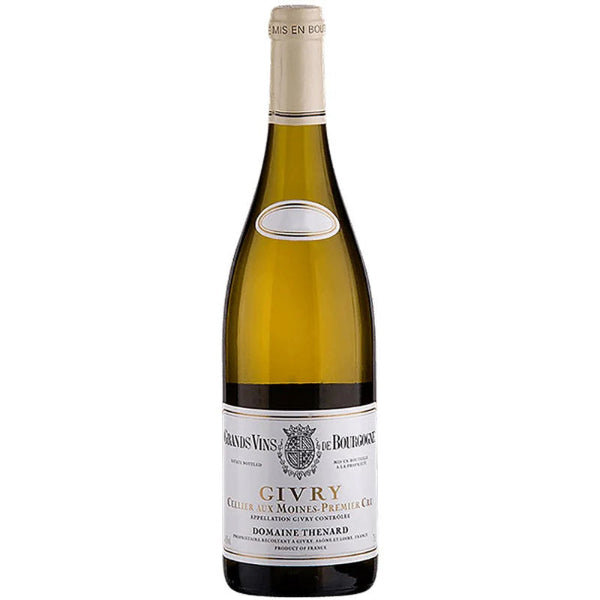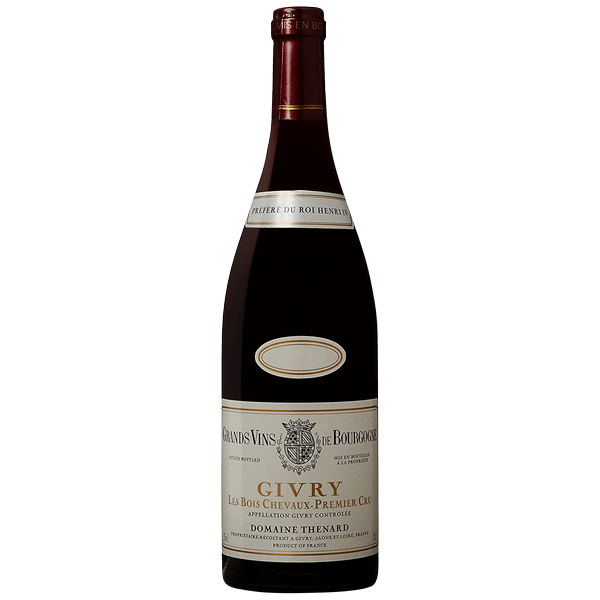
The Côte Chalonnaise is a wine-producing region in the Saône-et-Loire department of Burgundy, eastern France. It is made up of five key communes, separated from one another by only a few miles. From north to south, these are: Bouzeron, Rully, Mercurey, Givry and Montagny. It takes its name from the commune of Chalon-sur-Saône.
The main grape varieties in the Côte Chalonnaise are Pinot Noir and Chardonnay. Gamay and various other red and white mutations of the Pinot family are planted in smaller quantities.
The Chalonnaise lies between the Côte de Beaune to the north and the Mâconnais, just to the south. There is a clear division between these two areas, conveniently marked by the boundary between the Côte d'Or and Saône-et-Loire administrative departments. The Beaune vineyards are planted firmly along the limestone escarpment of the central Côte d'Or. In contrast, the vineyards of the Chalonnaise are found on more scattered patches limestone soils that characterize the local terroir.



